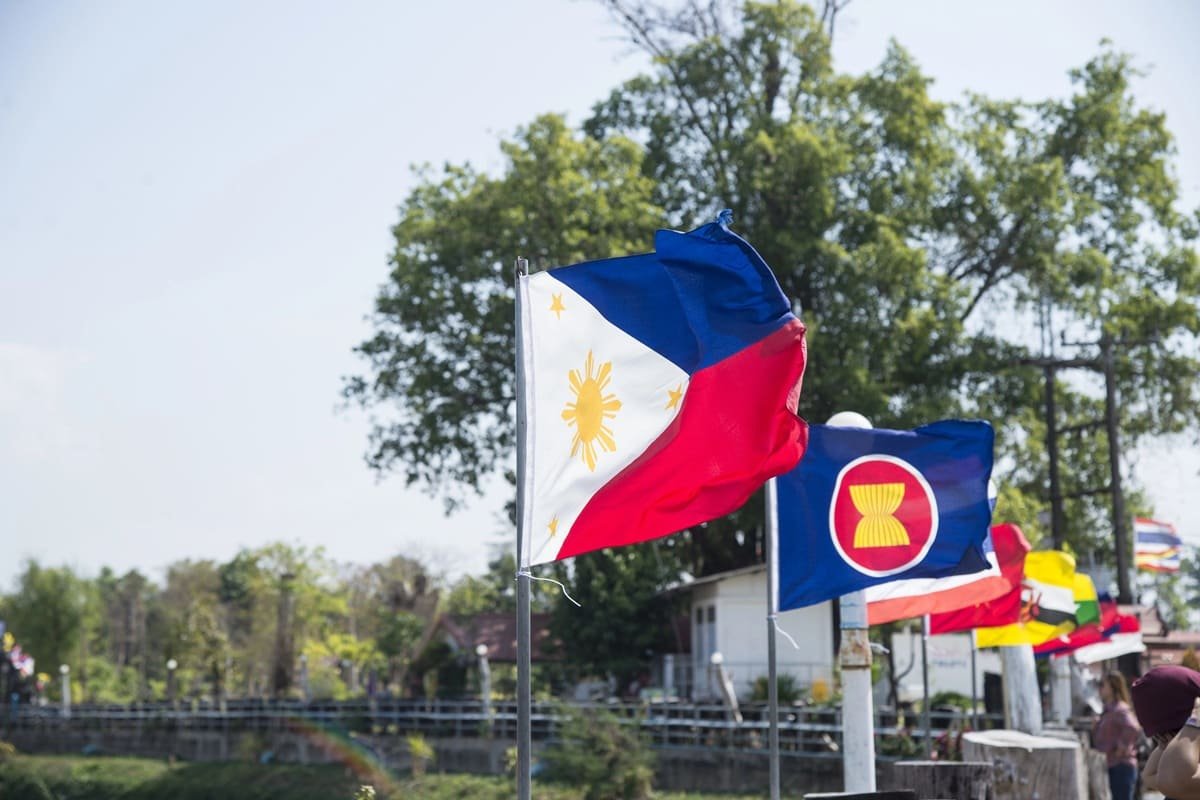Launched in 2023, the Philippines’ electronic visa (e-Visa) system was initially available only to Indian nationals, selected as the pilot group for the rollout. Since then, the initiative has gradually expanded in successive waves.
In 2025, the United Arab Emirates, Indonesia, Kenya, and Nigeria were progressively added to the e-Visa system.
By June 2025, the program saw a significant boost with the inclusion of several key Asian partners, such as Japan, South Korea, and Singapore. This marked a major step forward, opening the system to critical tourism and business markets while strengthening regional economic and diplomatic ties.
Yesterday, the Philippines’ e-Visa system reached a new milestone by expanding to Europe.
Philippines launches e-Visa in Europe
In a press release dated September 19, the Civil Aeronautics Board of the Philippines announced that the e-Visa would soon be rolled out to four European countries: France, Austria, Greece, and the Netherlands. On September 29, 2025, Philippine diplomatic missions officially confirmed the launch.
“The Philippine Embassy in Paris informs the public of the implementation of the Philippine electronic-Visa (e-Visa) system in France and Monaco, starting 29 September 2025,” stated the Philippine Embassy in France.
The same announcement was made by the Philippine Embassy in Athens, which added that residents of Greece, Cyprus, and North Macedonia are now eligible for the e-Visa program.
The Philippine Embassy in The Hague also confirmed that residents of the Netherlands can now submit their visa applications online.
Citizens and residents of the following countries and territories are currently eligible to apply for an e-Visa to enter the Philippines:
- Austria, France (+ Monaco), Greece (+ Cyprus and North Macedonia), India, Indonesia, Japan, Kenya, The Netherlands, Nigeria, Singapore, South Korea, and United Arab Emirates.
Visa fees vary by nationality
At present, only the “9(a) Temporary Visitor’s Visa”, which allows for tourist or business stays of up to 59 days, can be requested online via the official portal: evisa.gov.ph.
Other visa categories, including student, employment, or long-term visas, must still be applied for through Philippine diplomatic missions.
The Philippine e-Visa cannot be converted into another type of visa, and the authorized length of stay cannot be extended locally.
e-Visa fee structure:
For citizens of Austria, France, Greece, Indonesia, Japan, Netherlands, Singapore, South Korea, and the UAE:
- 3 months, single entry: $55
- 6 months, multiple entries: $85
- 1 year, multiple entries: $115
For citizens of India, Kenya, and Nigeria:
- 3 months, single entry: $65
- 6 months, multiple entries: $105
- 1 year, multiple entries: $145
These fees include a $25 Convenience Fee in addition to the base visa processing charge.
Authorities announce a processing time of 7 to 12 business days for single-entry e-Visa and 15 to 21 business days for multiple-entry applications.
With or without a visa, the Philippine e-Travel form is still mandatory
Many of the countries recently added to the e-Visa system already enjoy visa-free entry to the Philippines for short stays, typically up to 30 days. This applies to travelers from the EU, Japan, South Korea, and Singapore, among others.
This visa exemption can be extended online by an additional 29 days through the Philippine Bureau of Immigration.
Finally, in their communications, embassies remind travelers that they must complete the Philippine e-Travel online registration form only after their e-Visa has been approved, and within 72 hours prior to departure, “to avoid difficulties upon arrival at Philippine port of entries.”


